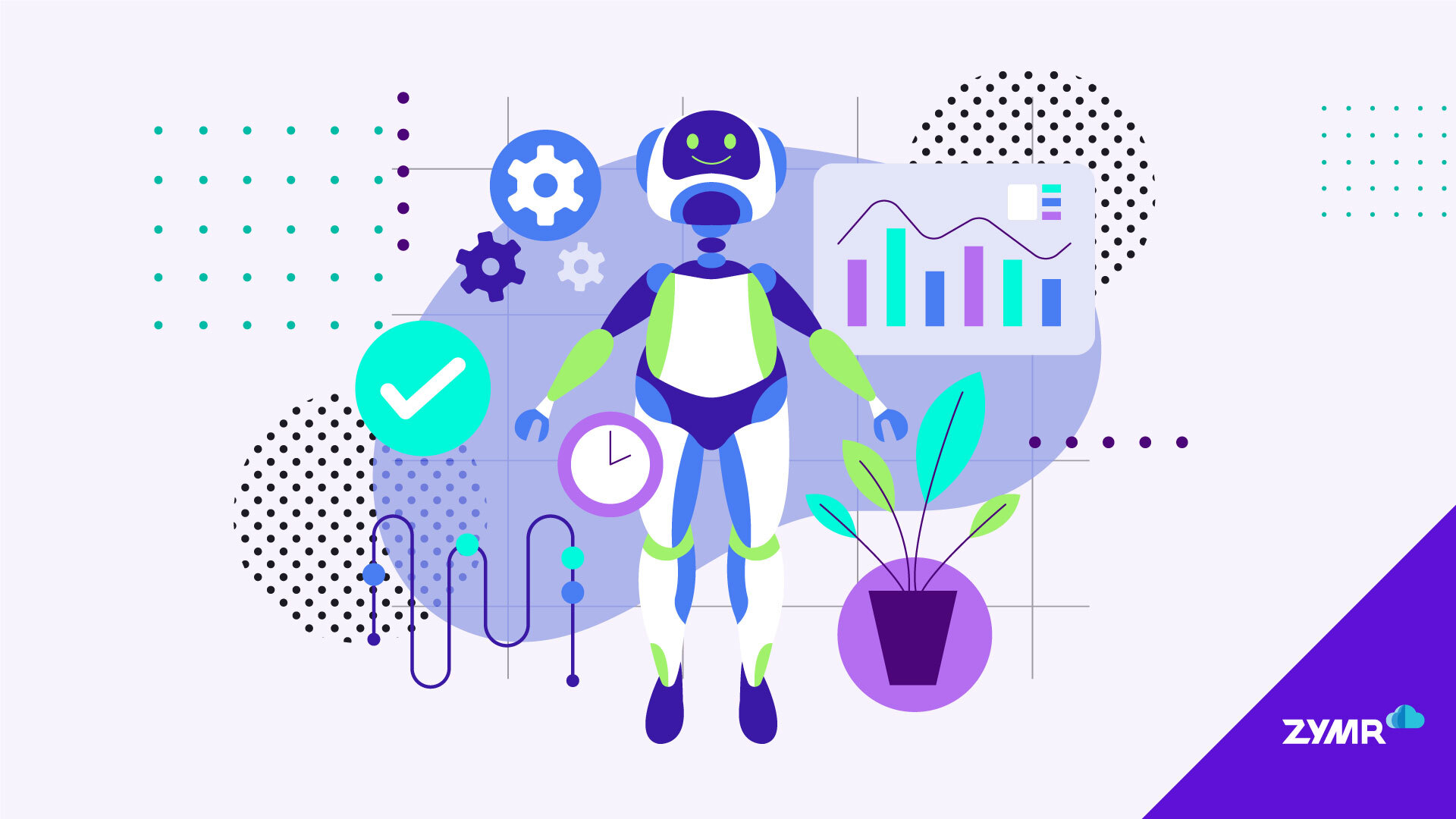Carve A Niche In The New Era of Digital Disruption With Cloud Native Applications

Cloud-native has become a new cloud reality. The corporate landscape has witnessed a drastic change from shifting its focus from going cloud-based to going cloud native. Organizations looking forward to unlocking the next level of cloud benefits need a cloud native approach to achieve a breakthrough. Developing an application in cloud-native can give businesses a push as it accelerates release pace, delivers exquisite customer experiences, eases the management, leads to cost optimization through containerization and microservices, and avoids vendor lock-ins. A cloud-native mindset rearranges people, processes, and practices to maximize the benefits of cloud efforts. Cloud-native application development ramps up business efficiency due to Agile approaches and microservices architecture, among other core components. DevOps, Service-based Architecture, Continuous Delivery, and Container-based Infrastructure are the key pillars in cloud-native application development practices. This blog will discuss the primary aspects that every business needs to consider in cloud-native application development.
DevOps
DevOps is one of the core patterns that is required to adopt cloud native approaches. It is the practice of inducing automation between development and operations teams to boost collaboration and enhance efficiency. The cloud-native approach accelerates organizational innovation's pace to better deal with disruptive conditions, and DevOps provides an unparalleled boost by improving speed, efficiency, and effectiveness. DevOps takes organizations towards the world of automation in which services can provide continuous delivery throughout the product life cycle.
Service-based Infrastructure and Microservices
A service-based infrastructure leverages microservices to improve applications’ agility and performance through loosely connected modules. Microservices is a cloud native architectural approach wherein an application is created with various independently deployable and smaller loosely coupled components. Cloud-native and microservices provide agility and improve development-to-delivery cycles. Microservices make automated testing easier, eliminate vendor and technology lock-in, infuse scalability, increase resiliency, and lead to rapid and flexible deployment models. Containers manage to deploy the existing codes across the network, and Kubernetes manage and configure the containers.
Continuous Delivery
Continuous integration aims at the initial stages of code development while continuous delivery builds, tests, and prepares codes for the production release. Continuous delivery reduces time to deployment with continuous testing and development, minimizes the costs related to traditional software development, deploys code in different phases of the development cycle, and manages the scalability concerns related to software development. Businesses that follow continuous delivery of operations get a competitive advantage with improved performance and ability to swiftly respond to volatile market changes.
Containers
Containers are an essential aspect of cloud-based applications as containers go hand-in-hand with cloud in the cloud native ecosystem. Containers are indispensable as they optimize the hardware usage, provide consistent operations, involve less overhead costs, enhance portability, drive higher efficiency, and improve security practices. Containers support Agile and DevOps practices, which result in better application development. They act as the perfect hosting environment for continuous delivery pipelines. Containerization empowers developers to develop and deploy applications at a robust pace in a secure manner. To wrap up...Cloud computing is powerful in its ability to provide value to organizations. After going cloud, they can now move toward cloud-native to foster innovation, embrace digital transformation, and better customer experience. Cloud and containers and microservices work closely to take application development and delivery to the next level.Cloud-native is a next-gen approach that fine-tunes the software development lifecycle by strengthening security and enhancing reliability and efficiency. It would be best to have a business partner who can deliver future-proof cloud-native services to help you execute your organizational vision and cloud native goals. Zymr blends technical know-how, design thinking, and industry best practices to make your cloud strategy successful. Achieve cloud native maturity and experience enhanced DevOps efficiency, speed, and agility in the face of transforming market realities. Our cloud-native application development services focus on DevOps, legacy application modernization, microservice development, and container strategy. With open standards for interoperability, develop applications that capitalize on the potential of the cloud environment. Build, design, and deploy cloud-native applications to get a competitive advantage and drive your business growth with Zymr. Contact our team to know more about our services.




.jpg)

.svg)
.svg)
.svg)
.svg)
.svg)
.svg)